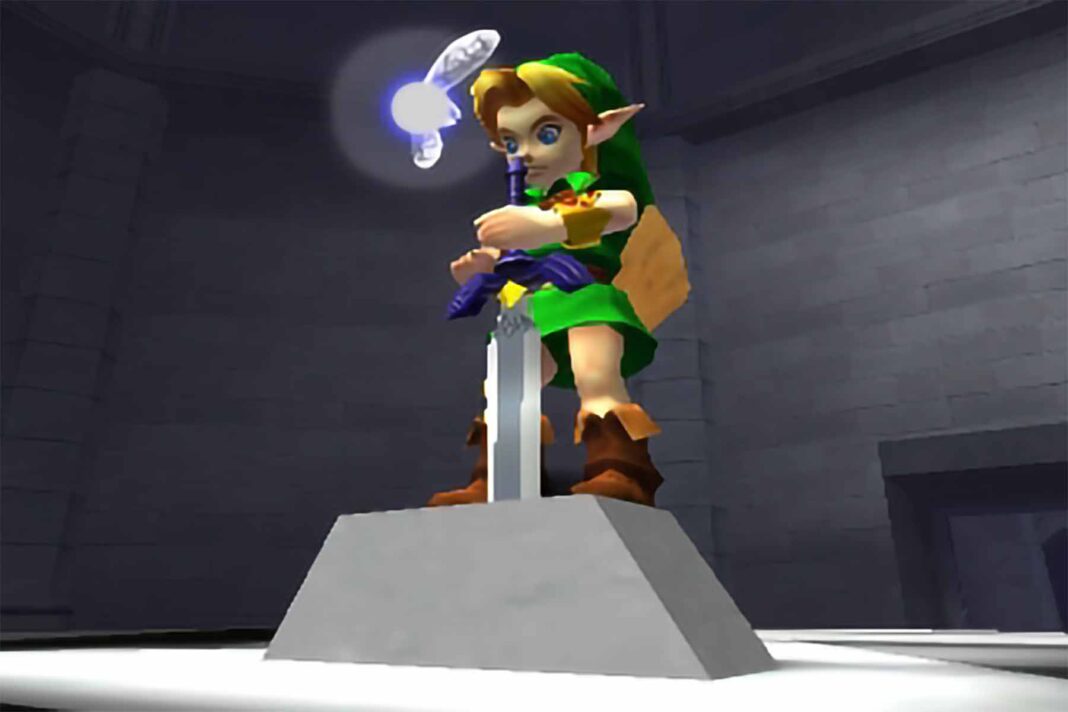The Legend of Zelda Overview
The Legend of Zelda, a critically acclaimed video game franchise developed by Nintendo, continued to be a beloved and influential series in 2004. Known for its immersive worlds, captivating narratives, and innovative gameplay mechanics, The Legend of Zelda captured the hearts of gamers worldwide since its debut in 1986. In 2004, the franchise remained at the forefront of the gaming industry, with new releases, re-releases, and exciting announcements keeping fans eagerly anticipating the next adventure of Link, the series’ iconic protagonist.
The Legend of Zelda: The Minish Cap
In 2004, The Legend of Zelda: The Minish Cap was released for the Game Boy Advance, marking the franchise’s debut on the handheld console. Developed by Capcom in collaboration with Nintendo, The Minish Cap followed Link as he embarked on a quest to rescue Princess Zelda and save the land of Hyrule from the evil sorcerer Vaati. The game received praise for its charming art style, engaging gameplay, and clever use of mechanics, such as Link’s ability to shrink down to miniature size to explore new areas. The Minish Cap added another beloved installment to The Legend of Zelda series and delighted fans with its memorable characters and imaginative world.
The Legend of Zelda: Four Swords Adventures
Also in 2004, The Legend of Zelda: Four Swords Adventures was released for the Nintendo GameCube. Serving as a follow-up to the original Four Swords game released for the Game Boy Advance, Four Swords Adventures offered multiplayer action-adventure gameplay for up to four players. Players worked together to solve puzzles, defeat enemies, and explore dungeons as they controlled multiple versions of Link. The game featured a unique blend of cooperative and competitive gameplay elements, providing a fresh and engaging experience for fans of the series.
The Legend of Zelda: Twilight Princess Announcement
In 2004, Nintendo announced The Legend of Zelda: Twilight Princess for the Nintendo GameCube and later for the Wii. The game, initially teased as a technical demonstration for the upcoming Wii console, generated significant anticipation and excitement among fans of the series. Twilight Princess promised to deliver an epic adventure set in a dark and immersive world, with new gameplay mechanics and a compelling storyline. The announcement of Twilight Princess further solidified The Legend of Zelda’s reputation as a leading franchise in the gaming industry and left fans eagerly awaiting its release.
The Legend of Zelda Merchandise and Legacy
Beyond video games, The Legend of Zelda in 2004 continued to inspire a wide range of merchandise and collectibles, including action figures, clothing, accessories, soundtracks, and more. The franchise’s iconic characters, symbols, and music became synonymous with gaming excellence, earning The Legend of Zelda a dedicated fanbase and a place in gaming history. The legacy of The Legend of Zelda extended beyond its commercial success, influencing other forms of media and inspiring generations of gamers and game developers around the world.
In summary, The Legend of Zelda in 2004 continued to captivate audiences with its immersive worlds, compelling narratives, and innovative gameplay. With the release of The Minish Cap and Four Swords Adventures, along with the anticipation surrounding Twilight Princess, the franchise remained at the forefront of the gaming industry, delighting fans with new adventures and keeping them eagerly anticipating the next chapter of Link’s journey. As one of the most beloved and influential video game franchises of all time, The Legend of Zelda left an indelible mark on gaming culture in 2004 and continues to inspire players worldwide.











